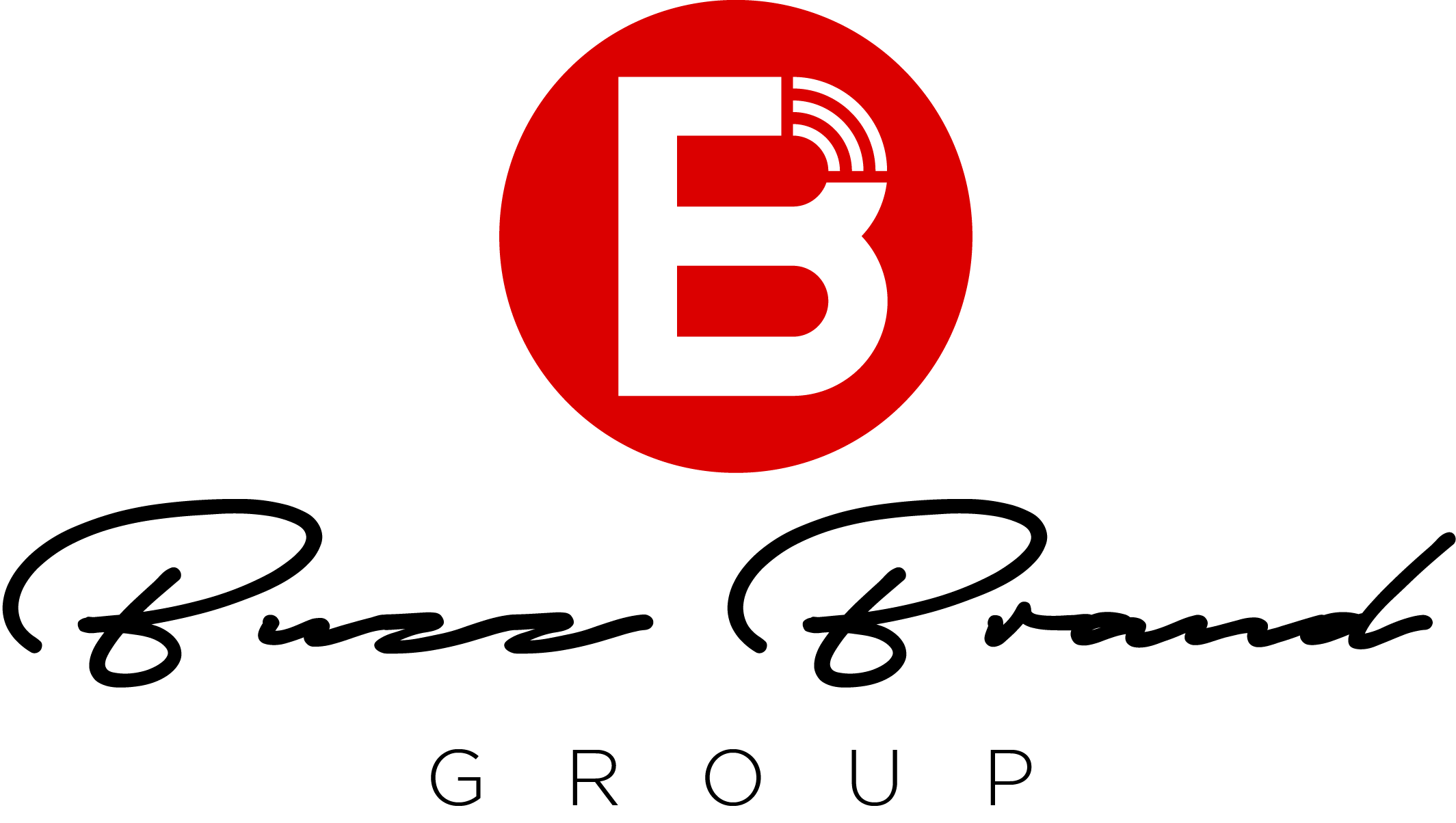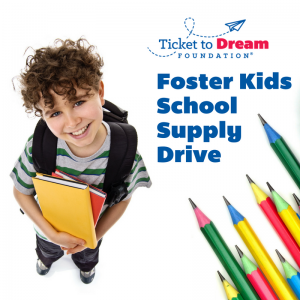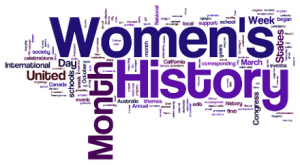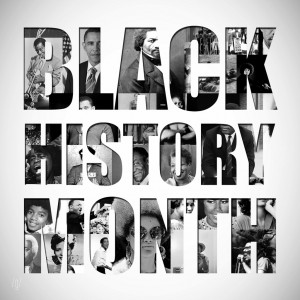We often talk about “brand” as if it is one thing. It’s not of course – in fact, the meaning and the use of the term differs, quite markedly, depending on the context. By my reckoning, brand is categorized in at least 21 different ways. (So much for the single minded proposition!). In no particular order:
1. Personal brand – Otherwise known as individual brand. The brand a person builds around themselves, normally to enhance their career opportunities. Often associated with how people portray and market themselves via media. The jury’s out on whether this should be called a form of brand because whilst it may be a way to add value, it often lacks a business model to commercialize the strategy.
2. Product brand – Elevating the perceptions of commodities/goods so that they are associated with ideas and emotions that exceed functional capability. Consumer packaged goods brands (CPG), otherwise known as fast moving consumer goods brands (FMCG), are a specific application.
3. Service brand – Similar to product brands, but involves adding perceived value to services. More difficult in some ways than developing a product brand, because the offering itself is less tangible. Useful in areas like professional services. Enables marketers to avoid competing skill vs skill (which is hard to prove and often devolves to a price argument) by associating their brand with emotions. New online models, such as subscription brands, where people pay small amounts for ongoing access to products/services, are rapidly changing the loyalty and technology expectations for both product and service brands – for example, increasingly products come with apps that are integral to the experience and the perceived value.
4. Corporate brand – Otherwise known as the organizational brand. “The corporate brand defines the firm that will deliver and stand behind the offering that the customer will buy and use.” The reassurance that provides for customers comes from the fact that “a corporate brand will potentially have a rich heritage, assets and capabilities, people, values and priorities, a local or global frame of reference, citizenship programs, and a performance record”.
5. Investor brand – Normally applied to publicly listed brands and to the investor relations function. Positions the listed entity as an investment and as a performance stock, blending financials and strategy with aspects such as value proposition, purpose and, increasingly, wider reputation via CSR. As Mike Tisdall will tell you, done well, a strong investor brand delivers share price resilience and an informed understanding of value.
6. NGO (Non Governmental Organization) or Non Profit brand – An area of transition, as the sector shifts gear looking for value models beyond just fundraising to drive social missions. Not accepted by some in the non profit community because it’s seen as selling out. Necessary in my view because of the sheer volume of competition for the philanthropic dollar. This paper is worth reading.
7. Public brand – Otherwise known as government branding. Contentious. Many, including myself, would argue that you can’t brand something that doesn’t have consumer choice and a competitive model attached to it. That’s not to say that you can’t use the disciplines and methodologies of brand strategy to add to stakeholders’ understanding and trust of government entities. That’s why I talk about the need for public entities to develop trustmarks rather than brands. Jill Caldwell takes this idea of how we consider and discuss infrastructure further and says we now have private-sector brands that are so much a part of our lives that we assume their presence in much the same way as we assume public services. Caldwell refers to brands like Google and Facebook as “embedded brands”.
8. Activist brand – Also known as a purpose brand. The brand is synonymous with a cause or purpose to the point where that alignment defines its distinctiveness in the minds of consumers. Classic examples: Body Shop, which has been heavily defined by its anti-animal-cruelty stance; and Benetton, which confronts bigotry and global issues with a vehemence that has made it both hated and admired.
9. Place brand – Also known as destination or city brands. This is the brand that a region or city builds around itself in order to associate its location with ideas rather than facilities. Often used to attract tourists, investors, businesses and residents. Recognizes that these groups all have significant choices as to where they choose to locate. A critical success factor is getting both citizens and service providers on board, since they in effect become responsible for the experiences delivered. Most famous example is probably “What happens in Vegas stays in Vegas”.
10. Nation brand – Whereas place brands are about specific areas, nation brands relate, as per their name, to the perceptions and reputations of countries. Simon Anholt is a pioneer in this area. Some good models comparing nation and place branding here.
11. Ethical brand – Used in two ways. The first is as a description of how brands work, specifically the practices they use and the commitments they demonstrate in areas such as worker safety, CSR and more – i.e. a brand is ethical or it is not?. Secondly, denotes the quality marques that consumers look for in terms of reassurance that the brands they choose are responsible. Perhaps the most successful and well known example of such a brand is Fairtrade. These types of ethical brands are often run by NGOs – e.g. WWF’s Global Forest and Trade Network.
12. Celebrity brand – How the famous commercialize their high profile using combinations of social media delivered content, appearances, products and gossip/notoriety to retain interest and followers. The business model for this has evolved from appearances in ads and now takes a range of forms: licensing; endorsements; brand ambassador roles; and increasingly brand association through placement (think red carpet).
13. Ingredient brand – The component brand that adds to the value of another brand because of what it brings. Well known examples include Intel, Gore-Tex and Teflon. Compared with OEM offerings in manufacturing, where componentry is white label and simply forms part of the supply chain, ingredient brands are the featured elements that add to the overall value proposition. A key reason for this is that they market themselves to consumers as elements to look for and consider when purchasing. In this interesting piece, Jason Cieslak wonders though whether the days of the ingredient brand are drawing to a close. His reasons? Increased fragmentation in the manufacturing sector, lack of space as devices shrink, stronger need for integration and lack of interest amongst consumers in what goes into what they buy.
14. Global brand – The behemoths. These brands are easily recognized and widely dispersed. They epitomize “household names”. Their business model is based on familiarity, availability and stability – although the consistency that once characterized their offerings, and ruled their operating models, is increasingly under threat as they find themselves making changes, subtle and otherwise, to meet the cultural tastes and expectations of people in different regions.
15. Challenger brand – The change makers, the brands that are determined to upset the dominant player. While these brands tend to face off against the incumbents and to do so in specific markets, “Being a challenger is not about a state of market; being number two or three or four doesn’t in itself make you a challenger,” says Adam Morgan of Eat Big Fish. “ … It is a brand, and a group of people behind that brand, whose business ambitions exceed its conventional marketing resources, and needs to change the category decision making criteria in its favor to close the implications of that gap.”
16. Generic brand – The brand you become when you lose distinctiveness. Takes three forms. The first is specific to healthcare and alludes to those brands that have fallen out of patent protection and now face competition from a raft of same-ingredient imitators known as generics. The second form of generic brand is the brand where the name has become ubiquitous and in so doing has passed into common language as a verb – Google, Xerox, Sellotape. The third form is the unbranded, unlabelled product that has a functional description for a name but no brand value at all. This last form is the ultimate in commoditization.
17. Luxury brand – Prestige brands that deliver social status and endorsement to the consumer. Luxury brands must negotiate the fine line between exclusivity and reality. They do this through quality, association and story. These brands have perfected the delivery of image and aspiration to their markets, yet they remain vulnerable to shifts in perception and consumer confidence and they are under increasing pressure from “affordable luxury” brands. Coach for example struggled with revenues in 2014 because of declining sales growth in China and Japan, two of the world’s key luxury markets.
18. Cult brand – The brands that revolve around communities of fierce advocates. Like the challenger brands, these brands often pick fights with “enemies” that can range from other companies to ideas, but pure-play cult brands take their cues from their own passions and obsessions rather than the market or their rivals. They tend to have followers rather than customers, set the rules and ask people to comply and, if they market at all, do so in ways where people come to them rather than the other way around.
19. Clean slate brand – The pop-ups of brand. Fast moving, unproven, even unknown brands that don’t rely on the heritage and history that are so much a part of mainstream brand strategy. These brands feed consumers’ wish for the new and the timely.
20. Private brand – Otherwise known as private label. Traditionally, these are value-based, OEM-sourced retail offerings that seek to under-cut the asking price of name brands. They focus on price. There is significant potential though in my view for these brands to become more valuable and to play a more significant role at the ‘affordable premium’ end of the market. For that to happen, private brands will need to broaden their appeal and loyalty through a wider range of consideration factors.
21. Employer brand – The ability of a company to attract high quality staff in much-touted competitive markets. Often tied to an Employee Value Proposition. Focuses on the recruiting process though it is sometimes expanded to include the development of a healthy and productive culture. Sadly, given the process obsession of too many HR staff and the lack of interest from a lot of marketing people to venture into people-issues, this tends to be a brand in name rather than a brand by nature. Great potential – but, given the very low satisfaction rates across corporate cultures globally, a lot more work is needed to realize the full potential of this idea.
It’s no wonder, on review, that so many people outside marketing struggle to understand what a brand is. And we haven’t even talked about brand in reference to structure (brand architecture models such as endorsed brands, house of brands and power brands) or the different types of brand audiences (B2B, B2C, B2T, B2G, H2H).
A brand can of course function across a number of these roles simultaneously – a product brand can be a challenger brand or a global brand, for example. That in itself is an important reminder that we often encounter the same brand in different ways in different contexts – and the criteria for whether a brand is successful or not can shift markedly depending on which categorization is being applied.
The challenge for marketers given these dissipated meanings of brand is to somehow ensure that the emotions that a brand generates are valuable, relevant and differentiated in each context in which it is judged while, at the same time, aligning with the brand strategy overall. I don’t see much evidence of that yet.
-Marisa King







